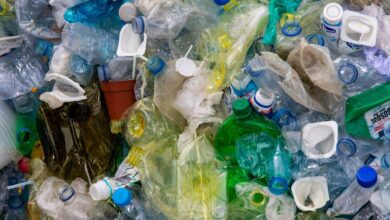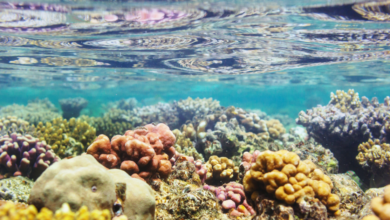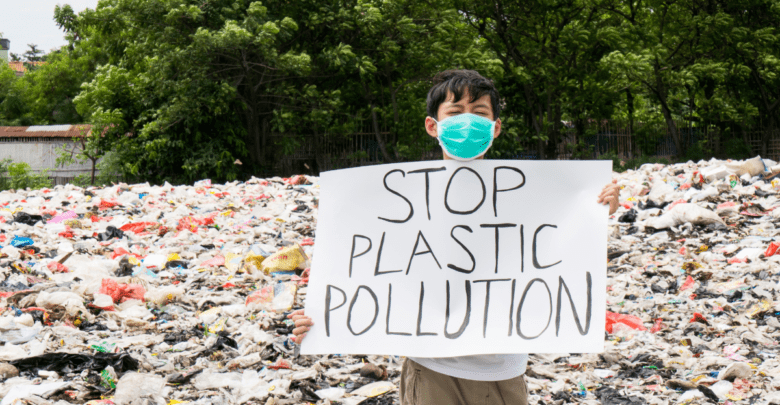
Plastic is a ubiquitous material that has become an integral part of our daily lives. From packaging to household items, its convenience and versatility have made it a popular choice across various industries. However, the widespread use of plastic has led to significant environmental consequences, including pollution and harm to ecosystems. In this article, we will explore the environmental impact of plastic, the role of microplastics, recycling, and waste management efforts, alternatives to plastic, government regulations, and individual actions to reduce plastic waste.
Introduction
Plastic, a synthetic polymer derived from petroleum, has revolutionized modern society with its countless applications. Its lightweight, durable, and inexpensive nature has made it a preferred choice in industries such as packaging, construction, and healthcare. However, the environmental consequences of plastic production, usage, and disposal cannot be ignored.
The prevalence of plastic in our daily lives
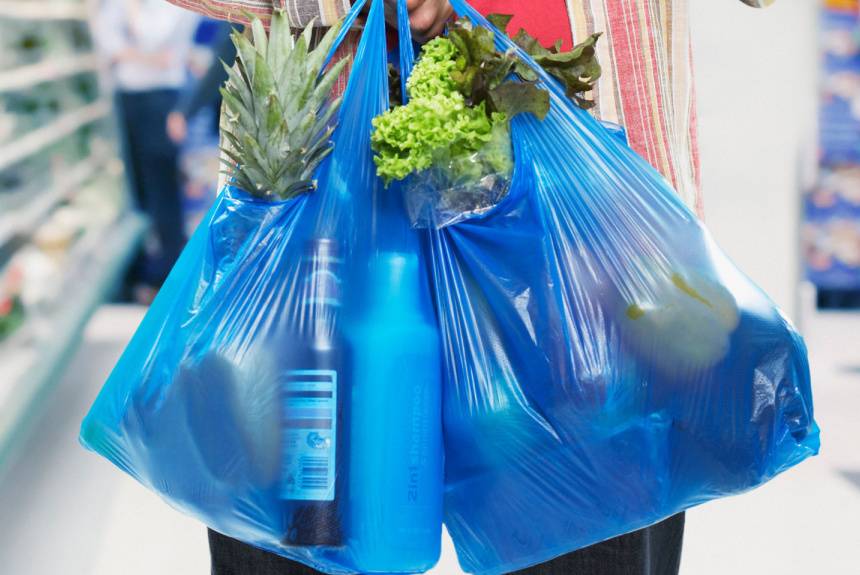
Plastic has become deeply ingrained in our daily routines. We encounter it in various forms, from the moment we wake up to when we go to bed. It is used in food packaging, household items, personal care products, and even clothing. The convenience and affordability of plastic products have contributed to their widespread usage, resulting in enormous quantities being produced and discarded each year.
Production and disposal of plastic
Plastic production
The production of plastic involves the extraction and refining of fossil fuels, primarily crude oil, and natural gas. These non-renewable resources are processed to obtain the raw materials required for plastic manufacturing. The production process involves polymerization, where the monomers are chemically bonded to form long chains, resulting in plastic pellets or resin.
Plastic waste and pollution
The disposal of plastic is a major concern due to its non-biodegradable nature. Plastics can persist in the environment for hundreds of years, leading to significant accumulation and pollution. Improper disposal, littering, and inadequate waste management contribute to the proliferation of plastic waste in landfills, oceans, and other natural habitats.
Environmental impact of plastic
Pollution of land and water bodies
Plastic pollution is a pressing environmental issue affecting both terrestrial and aquatic ecosystems. Landfills filled with plastic waste release harmful chemicals and greenhouse gases, contributing to air and soil pollution. Plastic litter also finds its way into rivers, lakes, and oceans, causing harm to aquatic life and contaminating water sources.
Harm to wildlife and marine life

Marine animals, birds, and other wildlife often mistake plastic debris for food or become entangled in plastic waste, leading to injuries, suffocation, and even death. The ingestion of plastic can cause internal damage and disrupt the digestive systems of animals, affecting their overall health and reproductive capabilities.
Effects on ecosystems
The presence of plastic in ecosystems can disrupt natural processes and harm biodiversity. Plastic debris can alter habitats, block sunlight penetration in water bodies, and introduce toxins into the environment. This disruption can have cascading effects on various species and the overall balance of ecosystems.
The role of microplastics
Sources of microplastics
Microplastics, tiny plastic particles measuring less than 5 millimeters in size, pose a significant environmental threat. They can originate from the breakdown of larger plastic items, such as bottles and bags, as well as from microbeads used in personal care products. Microplastics are also found in synthetic textiles, like polyester, which shed microfibers during washing.
Impact on human health

The presence of microplastics in the environment raises concerns about potential health risks to humans. These particles can enter the food chain through ingestion by marine organisms, ultimately reaching humans through seafood consumption. Although research is ongoing, there is evidence to suggest that microplastics could have adverse effects on human health, including inflammation and the potential for chemical transfer.
Recycling and waste management
Importance of recycling
Recycling plays a crucial role in mitigating the environmental impact of plastic. It reduces the need for virgin plastic production, conserves resources, and minimizes waste sent to landfills or incineration. Recycling processes involve sorting and processing plastic waste to produce recycled plastic pellets, which can be used in the manufacturing of new products.
Challenges and solutions
Despite the importance of recycling, there are challenges to achieving high recycling rates globally. These include inadequate infrastructure, limited public awareness, and the complexity of recycling different types of plastic. Solutions involve improving waste management systems, implementing effective recycling programs, and promoting eco-friendly practices.
Alternatives to plastic
Biodegradable materials
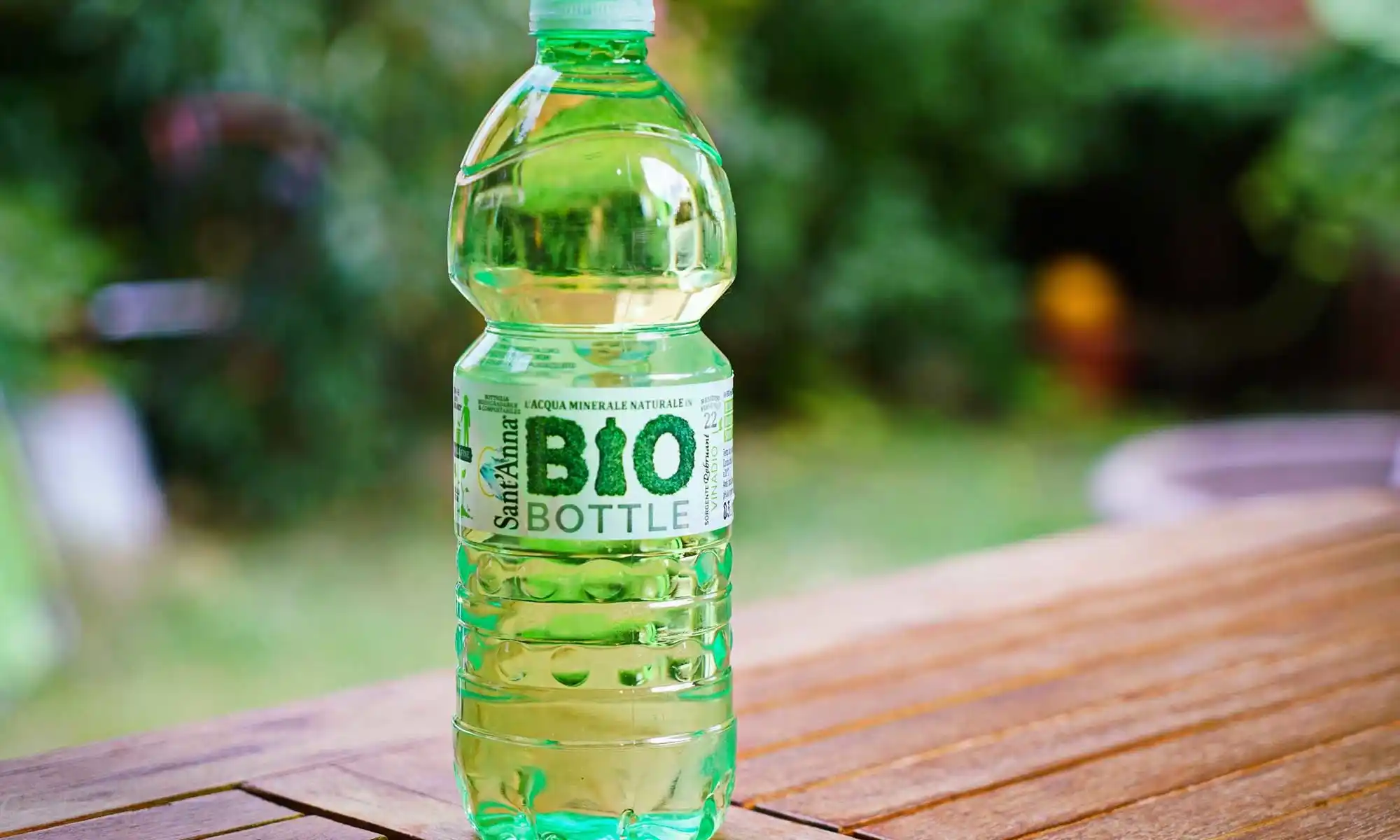
Biodegradable alternatives to conventional plastic are gaining traction as a more sustainable option. These materials can break down naturally through biological processes, reducing their environmental impact. Examples include bioplastics derived from renewable resources like cornstarch and polylactic acid (PLA), as well as compostable packaging made from plant-based materials.
Sustainable packaging
The packaging industry is actively exploring sustainable alternatives to plastic packaging. This includes utilizing materials such as paper, cardboard, glass, and metal, which have higher recycling rates and lower environmental footprints compared to plastic. Additionally, innovative designs and eco-friendly initiatives are promoting reusable packaging and minimize excess packaging.
Government regulations and initiatives
Bans and restrictions
Governments worldwide are implementing bans and restrictions on single-use plastics to combat plastic pollution. These measures aim to reduce the consumption of plastic bags, straws, and disposable utensils, promoting the adoption of reusable and more sustainable alternatives. Such regulations help raise awareness and shift consumer behaviors towards more eco-conscious choices.
Extended Producer Responsibility (EPR)
Extended Producer Responsibility is a policy approach that holds manufacturers accountable for the entire lifecycle of their products, including their disposal. EPR encourages companies to design products with recyclability and environmental impact in mind. It promotes the establishment of collection systems and facilitates the recycling or safe disposal of products once they reach the end of their useful life.
Individual actions to reduce plastic waste
Reduce, reuse, and recycle
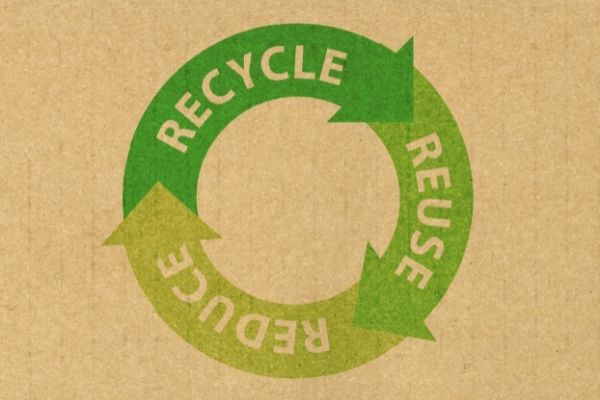
As individuals, we can contribute to reducing plastic waste through simple lifestyle changes. By consciously reducing our consumption of single-use plastics, reusing products, and adopting recycling practices, we can minimize our ecological footprint. Small actions, such as carrying reusable shopping bags or using refillable water bottles, can collectively make a significant impact.
Consumer choices and lifestyle changes
Making informed consumer choices and supporting brands that prioritize sustainability can drive positive change. By opting for products with minimal or eco-friendly packaging, choosing reusable alternatives, and advocating for sustainable practices, we encourage businesses to adopt more responsible and environmentally friendly approaches.
Conclusion
The environmental impact of plastic is a global concern that requires collective action. Plastic pollution poses significant threats to ecosystems, wildlife, and human health. However, by implementing effective waste management practices, promoting recycling, exploring alternative materials, and encouraging individual responsibility, we can reduce plastic’s detrimental effects and strive for a more sustainable future.
FAQs
1. Is all plastic harmful to the environment?
Not all plastic has the same environmental impact. Single-use plastics, especially those that are not recycled, contribute significantly to pollution and harm ecosystems. However, efforts are being made to develop more eco-friendly alternatives and improve plastic waste management.
2. Can recycling alone solve the plastic problem?
While recycling plays an essential role in reducing the environmental impact of plastic, it is not a standalone solution. It should be accompanied by reducing plastic consumption, promoting reusable alternatives, and investing in sustainable materials and packaging.
3. Are biodegradable plastics the solution to plastic pollution?
Biodegradable plastics offer potential benefits but also present challenges. Their proper disposal and management are crucial to realize their environmental advantages fully. Additionally, promoting a circular economy and reducing overall plastic usage remain key components in addressing plastic pollution.
4. How can individuals make a difference in reducing plastic waste?
Individuals can make a significant impact by adopting sustainable practices, such as reducing their consumption of single-use plastics, reusing products, and recycling properly. Supporting businesses that prioritize sustainability and advocating for stricter regulations also contribute to positive change.
5. What can governments do to address the plastic problem?
Governments can implement regulations, such as bans on single-use plastics, and promote extended producer responsibility. Investing in waste management infrastructure, raising awareness, and supporting research and innovation in sustainable materials are also vital steps in addressing the plastic problem.



